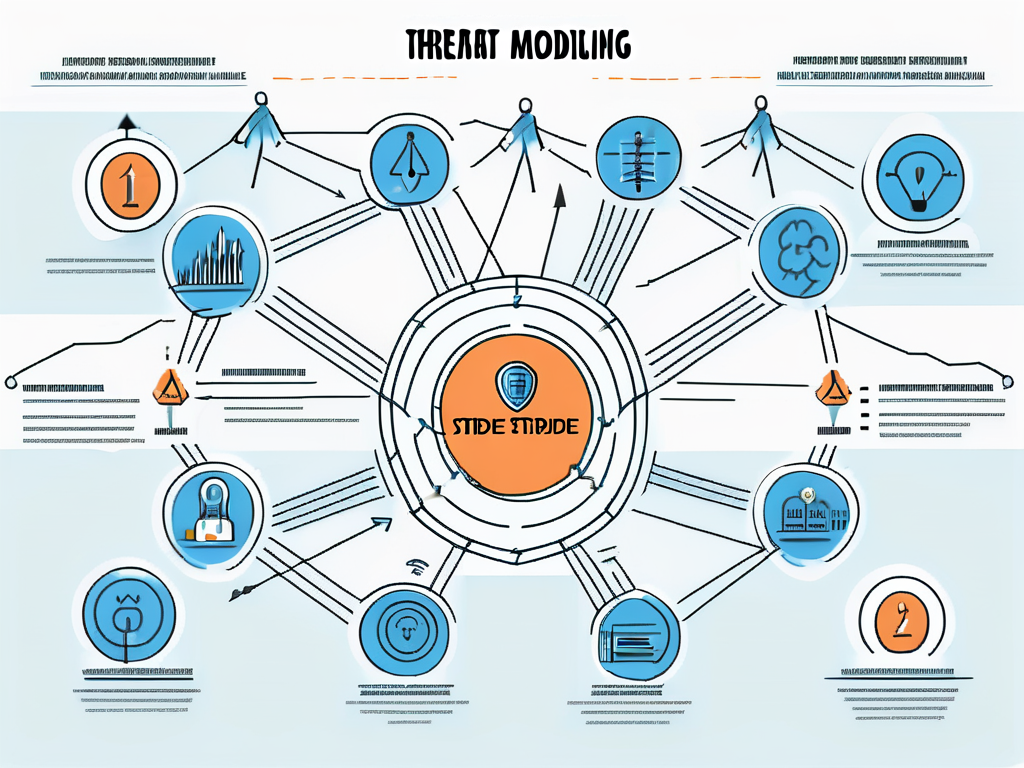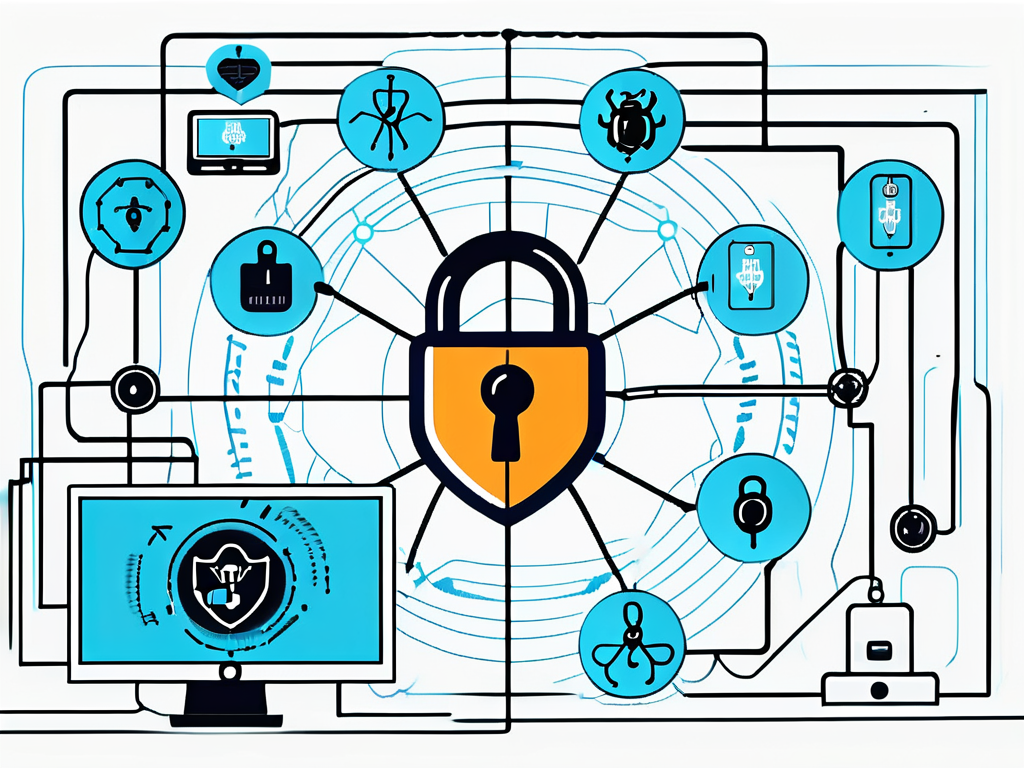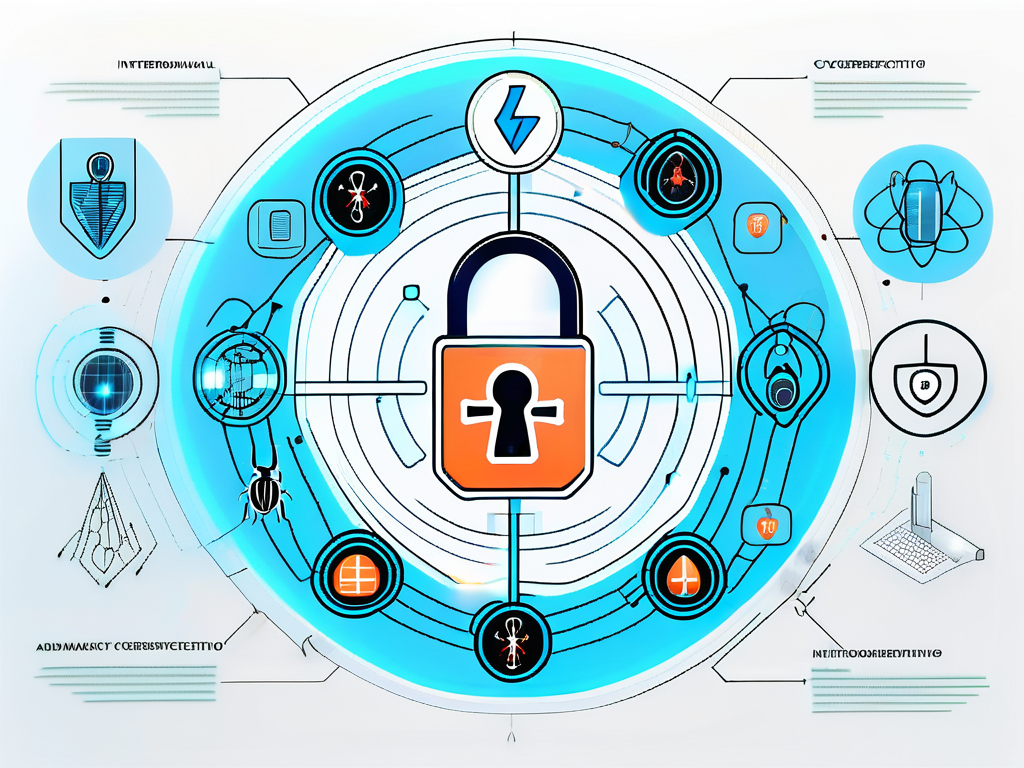Updated October 26, 2024
The world of medical devices and cybersecurity can feel like a Wild West. It’s filled with vulnerabilities, threats, and critical stakes. In this mix, STRIDE emerges as a guiding compass. But what exactly is STRIDE? Let’s dig in!
Understanding the STRIDE Methodology
STRIDE is an acronym that represents a framework for identifying security threats. The beauty of STRIDE lies in its simplicity. It helps organizations break down complex security issues into digestible parts. By analyzing each component separately, we can better understand the whole. This framework isn’t just for tech giants. It’s equally applicable to medical devices, where the stakes are genuinely life-altering.
The Six Elements of STRIDE
- Spoofing: It relates to impersonation. If someone were to fake their identity, it could lead to dangerous situations in a medical context.
- Tampering: This involves unauthorized modification of data. For medical devices, tampering could mean changing vital settings or data.
- Repudiation: This occurs when a user denies their actions. It’s crucial for accountability, especially in healthcare environments.
- Information Disclosure: Sensitive information leaks can have dire consequences. Think of patient health data that could be exposed.
- Denial of Service: Imagine a scenario where life-saving devices become inoperable due to malicious attacks.
- Elevation of Privilege: This is when an unauthorized user gains higher access levels, leading to potential chaos.
These six elements provide a robust structure. They help us map out potential threats, especially in an industry where safety is paramount.
The Importance of STRIDE in Cybersecurity
Why is STRIDE so pivotal? Think of it as your safety net. We can’t afford to play hide and seek with risks in cybersecurity, especially medical device cybersecurity. STRIDE allows security teams to take a proactive approach, addressing weaknesses before they can be exploited.
Its structured nature promotes consistent analysis. When everyone follows the same protocol, it cultivates a culture of awareness and vigilance, vital in environments where patients and technologies intertwine.
Implementing the STRIDE methodology fosters a security culture and encourages collaboration across various departments. For instance, IT teams can work closely with healthcare professionals to ensure that security measures align with clinical needs. This collaboration can lead to innovative solutions that protect sensitive data and enhance patient care. Furthermore, as the cybersecurity landscape evolves, the STRIDE framework can be adapted to incorporate new threats, ensuring that organizations remain resilient against emerging risks.
As we delve deeper into the implications of STRIDE, it becomes clear that its relevance extends beyond immediate threat identification. It is a foundational element for developing comprehensive security policies and training programs. By educating staff about the nuances of each element, organizations can empower their employees to recognize potential vulnerabilities in real-time. This proactive stance mitigates risks and instills confidence in patients, who can trust that their health information is safeguarded against malicious intent.
The Intersection of STRIDE and Medical Device Cybersecurity
The healthcare sector is a unique beast. It operates not only under stringent regulatory scrutiny but also in a high-stakes environment. Here, the intersection of STRIDE and medical device cybersecurity becomes even more crucial. But what does that look like?
Unique Cybersecurity Challenges in Medical Devices
Medical devices aren’t your standard tech products. They’re often embedded with complex software, interact with human bodies, and communicate with networks. With those complexities come unique challenges.
Devices may be vulnerable because of outdated software. Some manufacturers might neglect timely updates, creating a playground for malicious actors. Furthermore, many products are deployed in hospitals, making them susceptible to internal threats from staff and external attackers. The stakes here are higher than in other fields, making STRIDE relevant and essential.
The rapid evolution of technology means that medical devices are often designed with a focus on functionality and innovation, sometimes at the expense of robust security measures. For instance, Internet of Things (IoT) devices in healthcare, such as smart infusion pumps or wearable health monitors, can be particularly vulnerable due to their constant connectivity and reliance on cloud services. While enhancing patient care and operational efficiency, this interconnectedness also opens multiple avenues for cyberattacks, making it imperative to address these vulnerabilities proactively.
Applying STRIDE to Medical Devices
Applying STRIDE means conducting a thorough threat modeling process tailored to medical devices. Start by mapping out the device’s data flow. Where does data travel? Who has access? And where could it potentially be intercepted?
Run through the STRIDE elements on each data flow component. Identify if spoofing could happen at entry points or if malicious tampering is possible. The goal is to think like an attacker. A little creativity goes a long way. Where would you strike if you were out to breach a medical device?
Once the threats are identified, reassessing existing security measures is vital. STRIDE isn’t a one-and-done scenario. It’s an ongoing process of evaluation and adjustment. Regular penetration testing and vulnerability assessments should be integrated into the lifecycle of medical devices, ensuring that as new threats emerge, the defenses evolve accordingly. Furthermore, fostering a culture of cybersecurity awareness among healthcare professionals is crucial. Training staff to recognize potential threats and understand the importance of cybersecurity can significantly reduce the risk of human error, which is often a weak link in the security chain.
The Process of Threat Modeling with STRIDE
Threat modeling can be intimidating. However, employing the STRIDE framework clarifies this intricate process. Let’s break it down together.

Identifying Potential Threats
The first step is recognizing where vulnerabilities align with STRIDE elements. Create a comprehensive list of assets. Then, analyze them through the STRIDE lens:
- What devices are at play?
- Which software applications interact with them?
- Are there networks that could be entry points?
Your list will grow as you unveil threats. Get ready for brainstorming sessions galore! These discussions can be eye-opening, unearthing vulnerabilities you never considered. Engaging team members from various departments—IT, compliance, and operations—can foster a more holistic understanding of potential threats. Each department may have unique insights based on daily interactions with the systems, which can significantly enrich the threat identification process.
Analyzing Threats with STRIDE
Once potential threats are identified, it’s time for serious analysis. Consider the implications of each threat:
- How likely is it to occur?
- What would be the impact?
Prioritize threats based on their severity. This step is all about risk management. First, focus on what could truly disrupt the operation of medical devices. Document your findings meticulously, as this will serve as a reference for future assessments and help track the evolution of threats over time.
Involving stakeholders in the analysis phase can spark invaluable insights. Different perspectives can uncover blind spots, making the outcome even richer. Additionally, quantitative methods should be considered to assess risks, such as calculating the potential financial loss associated with each threat. This data-driven approach can help make informed decisions about where to allocate resources for mitigation efforts, ensuring that your organization is well-prepared to address the most pressing vulnerabilities effectively.
Mitigating Threats with STRIDE

Developing Countermeasures
Here’s the fun part! Coming up with countermeasures can feel like strategizing a thrilling heist (but for good reasons, of course!). Based on your analysis, develop strategies to plug vulnerabilities. Some countermeasures might involve:
- Regular software updates and patch management.
- Encryption of sensitive data.
- Enhanced access controls and user authentication.
By implementing these measures, you essentially play the role of a “cybersecurity bouncer.” Keeping unwanted guests out is the priority!
Additionally, consider investing in advanced threat detection systems that utilize machine learning algorithms to identify unusual patterns and behaviors. These systems can provide real-time alerts, allowing for rapid response to potential breaches. Furthermore, conducting regular security awareness training for employees can significantly reduce the risk of human error, which is often the weakest link in the security chain. When everyone in your organization understands the importance of cybersecurity and recognizes potential threats, you create a more robust defense.
Continuous Monitoring and Improvement
Even after implementing countermeasures, the threat landscape will continue to change. This is not a set-it-and-forget-it job! Continuous monitoring is essential. Schedule regular reassessments and updates to your threat model.
Embrace a feedback loop. Learn from incidents and near misses. There are always lessons to be learned in cybersecurity; each incident should refine your strategies. Regularly reviewing your incident response plan and conducting tabletop exercises can help ensure your team is prepared for various scenarios. These drills enhance your team’s readiness and foster a culture of proactive security awareness within your organization. Remember, the goal is to react to threats and anticipate and mitigate them before they escalate into significant issues.
The Future of STRIDE in Medical Device Cybersecurity
As technology rapidly evolves, so too do threats. The future of STRIDE holds exciting possibilities, especially within medical device cybersecurity.

Emerging Trends and Technologies
One of the prominent trends is the integration of artificial intelligence in identifying threats. AI can analyze massive data sets and pinpoint unfamiliar patterns. This synergy with STRIDE may amplify threat detection, making devices even more secure.
Additionally, with the rise of IoT devices in healthcare, the scope of STRIDE expands. Security protocols must adapt to accommodate newer technologies, creating opportunities for innovative thinking in threat modeling. For instance, the deployment of machine learning algorithms can help predict potential vulnerabilities before they are exploited, allowing for proactive measures rather than reactive fixes. As healthcare systems become increasingly interconnected, the need for robust cybersecurity frameworks that can evolve with these technologies becomes paramount.
The Role of Regulatory Bodies in Cybersecurity
Regulatory bodies are catching up with cybersecurity requirements. Organizations must adhere to stricter standards to ensure patient safety and data protection. This means STRIDE’s methodology can guide compliance efforts efficiently.
Understanding regulatory expectations will only enhance the quality of threat modeling. By aligning strategies with mandates, organizations can simultaneously prioritize security and compliance. Furthermore, as regulations evolve, they often incorporate lessons learned from past breaches, emphasizing the importance of continuous improvement in cybersecurity practices. This dynamic environment encourages organizations to implement STRIDE and regularly revisit and refine their threat models to stay ahead of potential risks.
Conclusion
STRIDE is not merely a methodology; it’s an essential ally in the quest for medical, solid device cybersecurity. Let’s make strides together to keep our medical devices safe! After all, when it comes to healthcare, every byte matters. The ongoing collaboration between technology developers, healthcare providers, and regulatory bodies will be crucial in shaping a resilient future where patient safety remains the top priority amidst the digital landscape’s complexities.
As the digital healthcare landscape continues to evolve, the need for robust medical device cybersecurity has never been greater. Blue Goat Cyber, a leader in this critical field, offers comprehensive services tailored to your unique needs. Our expert team, holding top certifications and extensive experience, is dedicated to ensuring your devices are secure and compliant with FDA regulations. With our fixed-fee pricing, unlimited retesting, and commitment to long-term partnerships, we provide not just solutions but peace of mind. Don’t let cybersecurity challenges hinder your progress. Contact us today for cybersecurity help, and schedule a Discovery Session to secure your medical devices and safeguard patient safety. Let Blue Goat Cyber guide you through the complexities of cybersecurity, ensuring your business thrives in the ever-changing digital healthcare environment.
